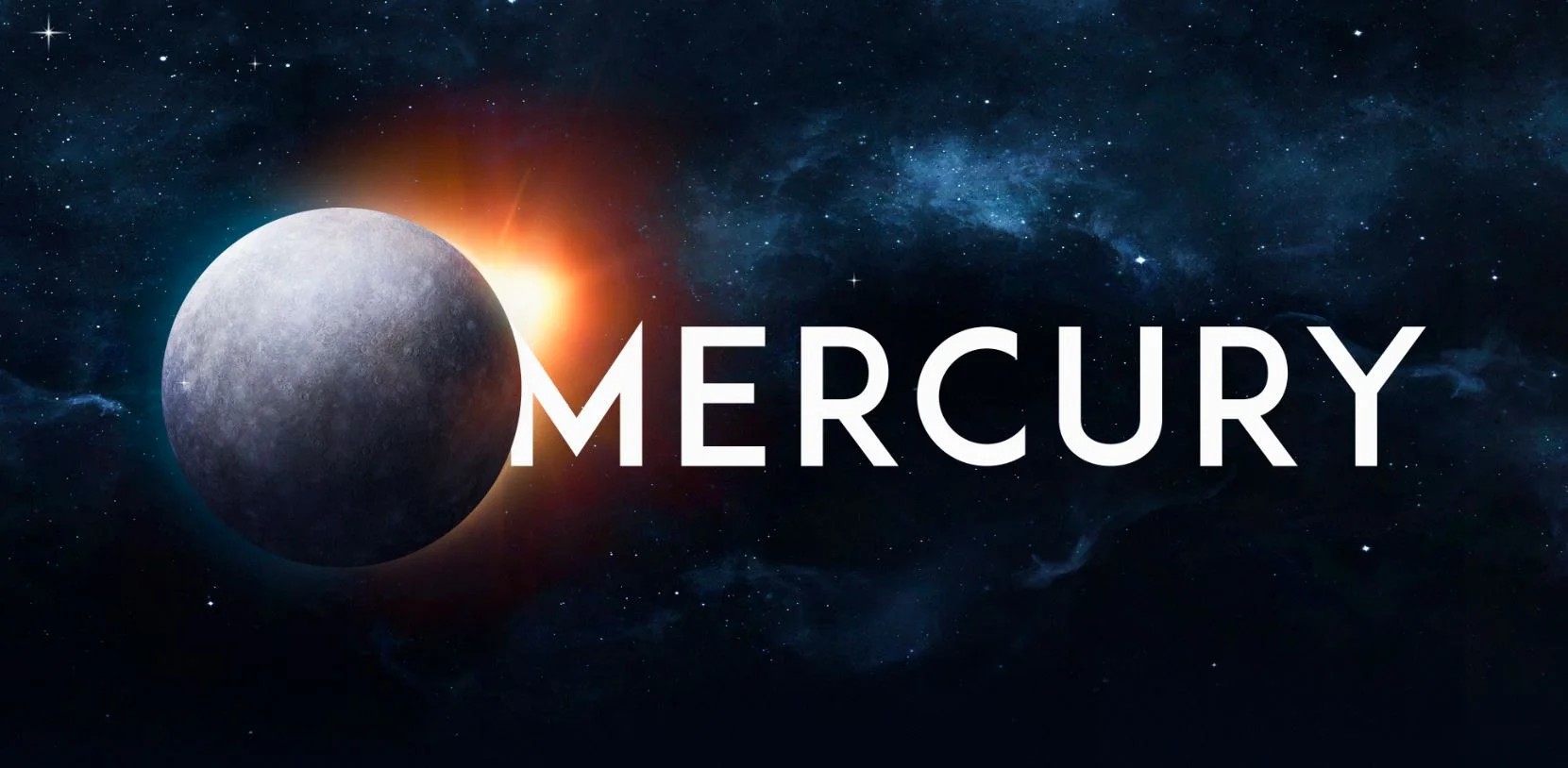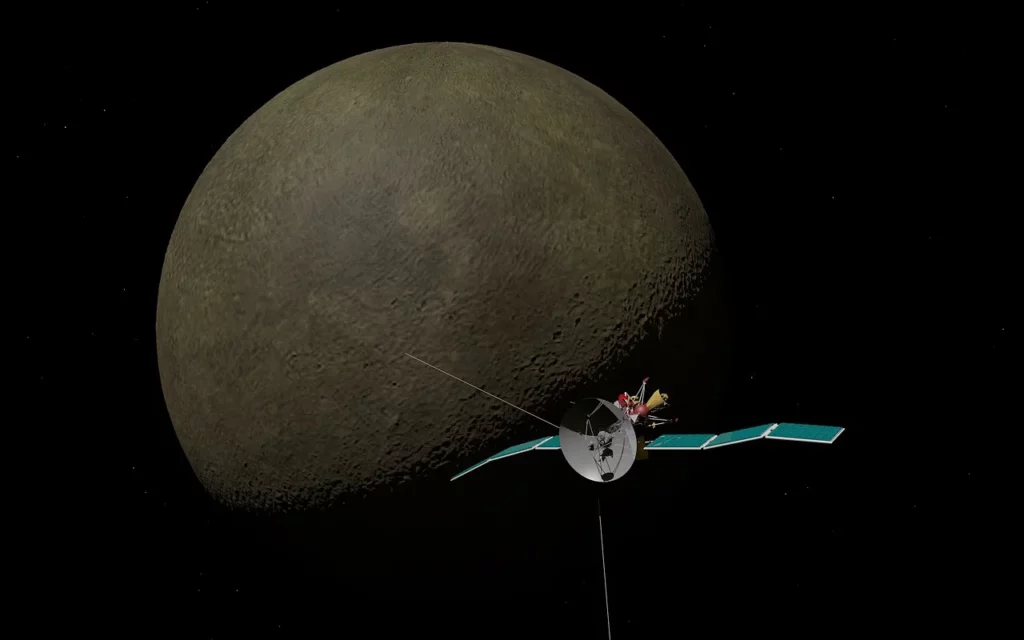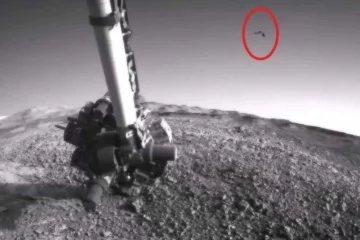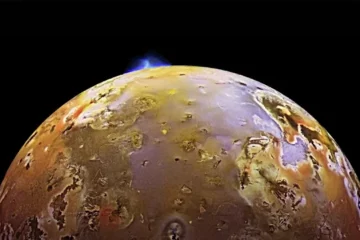Mercury: The Closest Planet to the Sun and Its Unraveled Mysteries

Mercury, the closest planet to the Sun, has always been an enigma for humanity. Its proximity to the blazing star and its peculiar characteristics make it a subject of fascination for both scientists and space enthusiasts. In this article, we will delve into the features of Mercury, its unusual rotation, thin atmosphere, missions to Mercury, and the future prospects awaiting us. What secrets does this small giant hide?
Characteristics of Mercury
Mercury is the smallest planet in our solar system, but its proximity to the Sun makes it shine brightly in our skies. With a diameter of approximately 4,880 kilometers, it’s only about one-third the size of Earth. Its diminutive size grants it some unique traits.
Despite its smallness, Mercury is an extremely dense planet due to its molten iron core. This makes it the second-densest planet after Earth. Furthermore, its surface is pockmarked with craters, suggesting a history of violent impacts over millions of years.
An Eccentric Orbit
One of the most intriguing aspects of Mercury is its elliptical orbit around the Sun. Its closest distance to the Sun, known as perihelion, is approximately 77 million kilometers, while at its farthest point, aphelion, it is about 88 million kilometers from the Sun. This eccentric orbit contributes to the extreme temperature variations on Mercury’s surface.
Days Longer Than Nights

One of the most astonishing peculiarities of Mercury is its rotation. Unlike most planets in our solar system that have days and nights of roughly equal length, Mercury rotates very slowly on its axis. A day on Mercury, meaning the time it takes to complete one full rotation, lasts about 59 Earth days. However, its rotational period is faster than its orbital period around the Sun, resulting in days longer than nights.
Imagine being on the surface of Mercury during one of its days. You would experience scorching heat during the day, with temperatures soaring up to 430 degrees Celsius, while at night, when the planet retreats from the Sun, temperatures can plummet to around -180 degrees Celsius. This drastic temperature variation poses one of the significant challenges for future missions to Mercury.
Thin Atmosphere
Unlike Earth, which boasts a dense, oxygen-rich atmosphere, Mercury has an extremely thin atmosphere. Its atmosphere is primarily composed of oxygen, helium, sodium, and traces of other gases. Due to its weak gravity and sparse atmosphere, Mercury cannot retain a protective layer of gases to shield its surface from direct solar radiation and solar winds.
This lack of atmospheric protection means that Mercury’s surface is exposed to solar radiation and constant bombardment by charged particles from the Sun. These extreme conditions make exploring and colonizing Mercury a formidable challenge for humanity.
Missions to Mercury

Throughout the history of space exploration, several countries and space agencies have sent missions to Mercury with the aim of unraveling its mysteries. Some of the most notable missions include:
Mariner 10 Mission (1974-1975)
The Mariner 10 mission, led by NASA, was the first to visit Mercury. During its flybys, Mariner 10 captured detailed images of approximately 45% of Mercury’s surface and provided crucial data on its atmosphere and magnetosphere.
MESSENGER Mission (2004-2015)
NASA’s MESSENGER mission was the first to orbit Mercury. Throughout its mission, MESSENGER conducted multiple flybys and eventually settled into a stable orbit around the planet. This mission shed light on Mercury’s geology, topography, and thermal history.
BepiColombo Mission (launched in 2018)
The BepiColombo mission is a collaboration between the European Space Agency (ESA) and the Japan Aerospace Exploration Agency (JAXA). BepiColombo is Europe’s first mission to Mercury and aims to provide more detailed data on the composition of Mercury’s surface and its geology.
Future Perspectives
Dragonfly Mission (proposed)
The proposed Dragonfly mission by NASA aims to send a robotic vehicle to Mercury to explore its surface and collect samples. This mission could provide us with a deeper understanding of Mercury’s geology and history.
SIMBIO-SYS Mission (proposed)
The proposed SIMBIO-SYS mission by ESA would focus on studying Mercury’s topography and mineralogy. It would use an advanced suite of instruments to map the planet’s surface and analyze its composition.
Discuss Future Planned Missions to Mercury and the Mysteries Scientists Hope to Unravel
The future of Mercury exploration is exhilarating. Planned missions like Dragonfly and SIMBIO-SYS promise to provide answers to fundamental questions about the planet’s history, composition, and activity.
One of the most intriguing mysteries is the presence of water on Mercury. Despite its harsh conditions of heat and radiation, water ice has been detected in the polar regions of Mercury, where perpetual shadows provide a refuge from the scorching Sun. Scientists are eager to understand how this water is retained in such an inhospitable location and what implications it might hold for future exploration and colonization.
Another enigma is the tectonic activity on Mercury. Despite its small size, the planet shows signs of geological activity, including cliffs and faults. What forces drive this activity on such a small and ancient planet?
Furthermore, the composition of Mercury’s surface is a mystery in itself. The presence of minerals like iron, sulfur, and calcium has puzzled scientists, and future missions will seek to unravel the geological history of the planet and how these minerals formed.
In summary, Mercury, the closest planet to the Sun, remains a place filled with mysteries yet to be uncovered. Future space missions promise to provide answers to fundamental questions about its history, composition, and activity. The exploration of Mercury not only enhances our understanding of our solar system but also sheds light on the potential for finding life elsewhere in the universe.
Frequently Asked Questions
Why is it so challenging to send missions to Mercury?
Sending missions to Mercury is challenging due to its proximity to the Sun and the extreme conditions of temperature and radiation on its surface. Spacecraft visiting Mercury must be designed to withstand intense heat and shield themselves from solar radiation.
What have we learned from previous missions to Mercury?
Previous missions to Mercury, such as Mariner 10 and MESSENGER, have provided valuable data about the planet’s geology, atmosphere, and thermal history. They have revealed the presence of water ice in the polar regions and shed light on Mercury’s geological activity.
Why is it important to study Mercury?
Studying Mercury is important because it helps us better understand the formation and evolution of planets in our solar system. Additionally, research on Mercury may have implications for the search for life on other planets and moons, as well as for future space exploration missions.
Reference: Overview | Mercury – NASA Solar System Exploration


